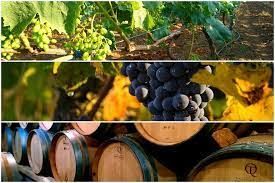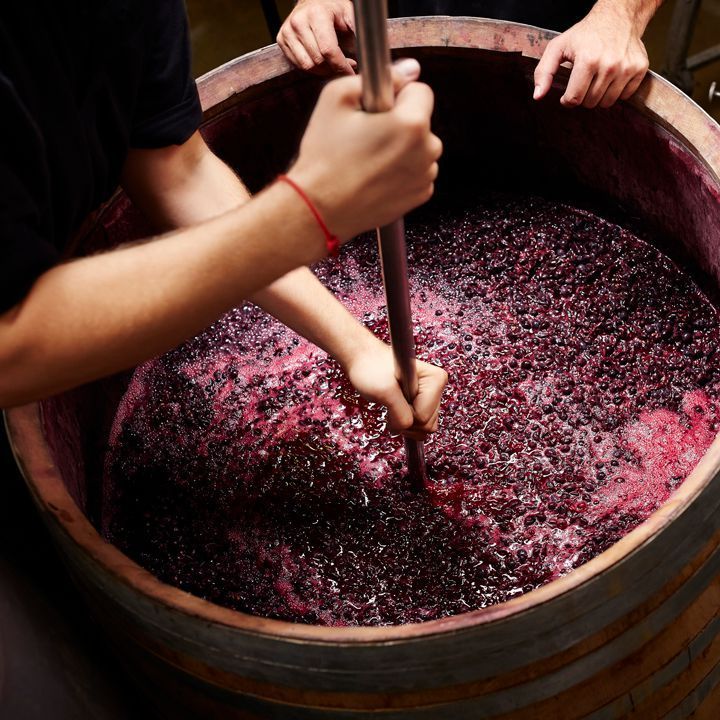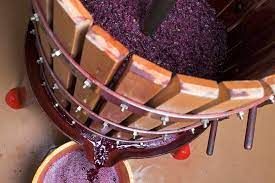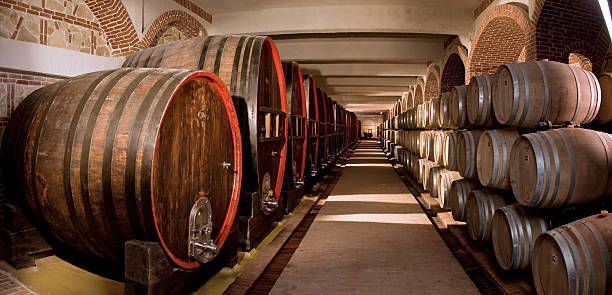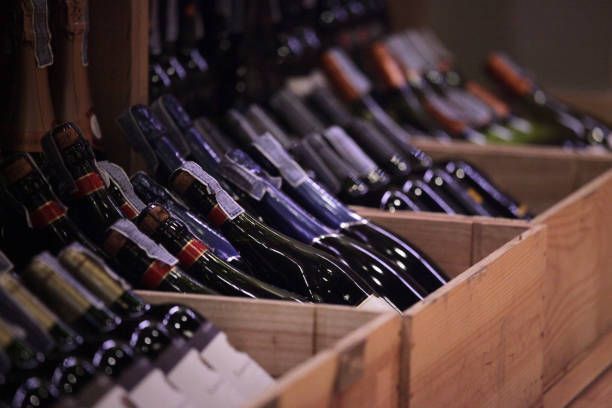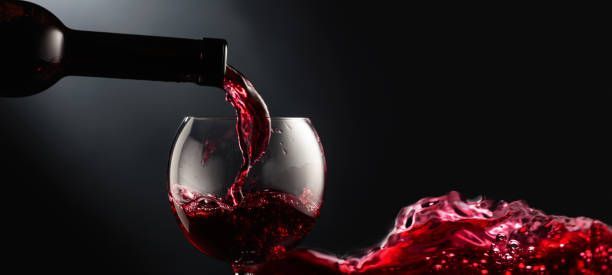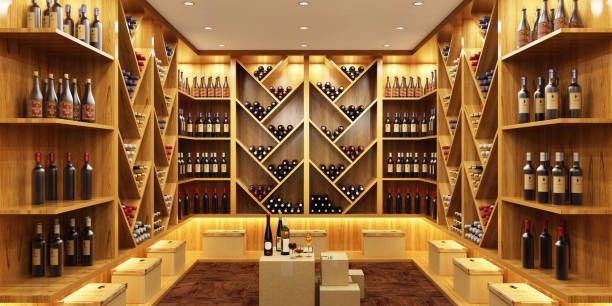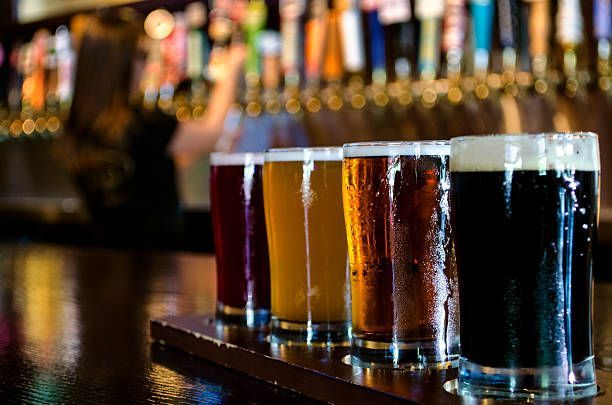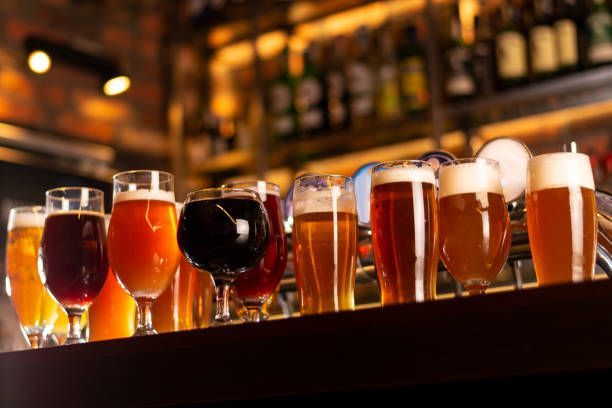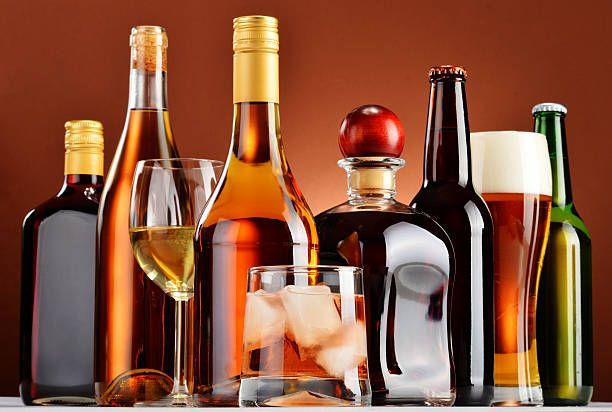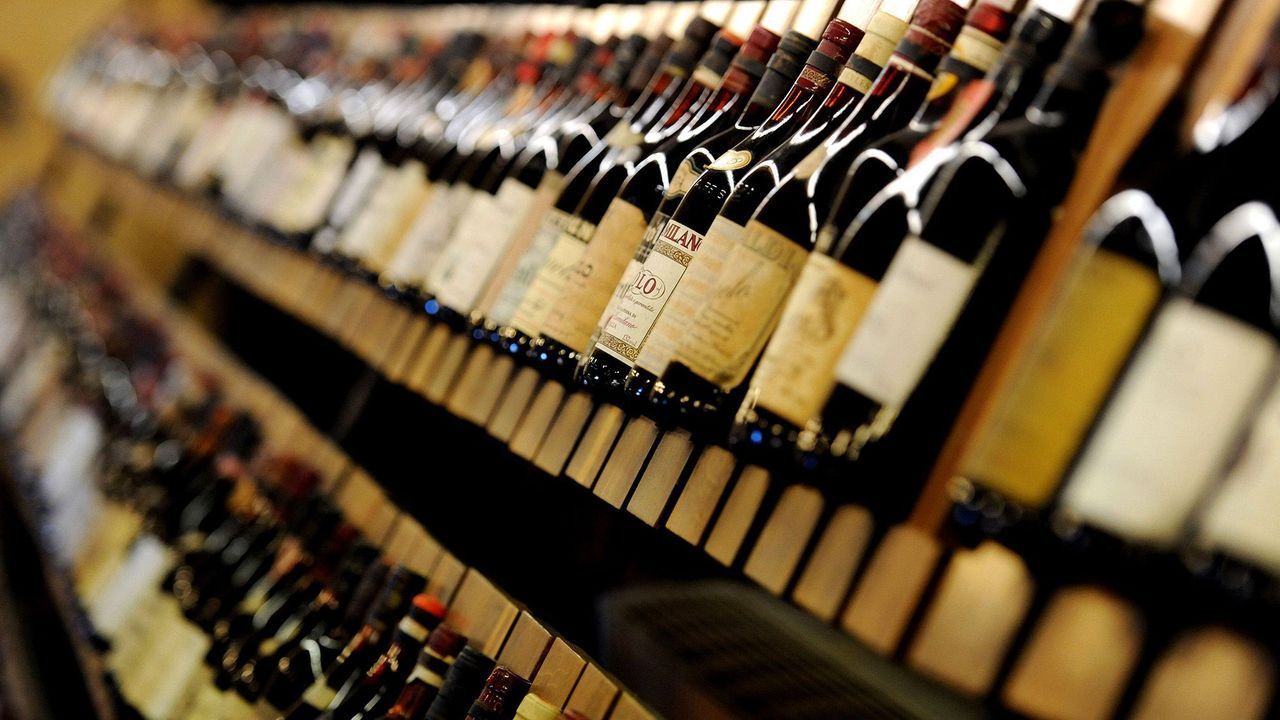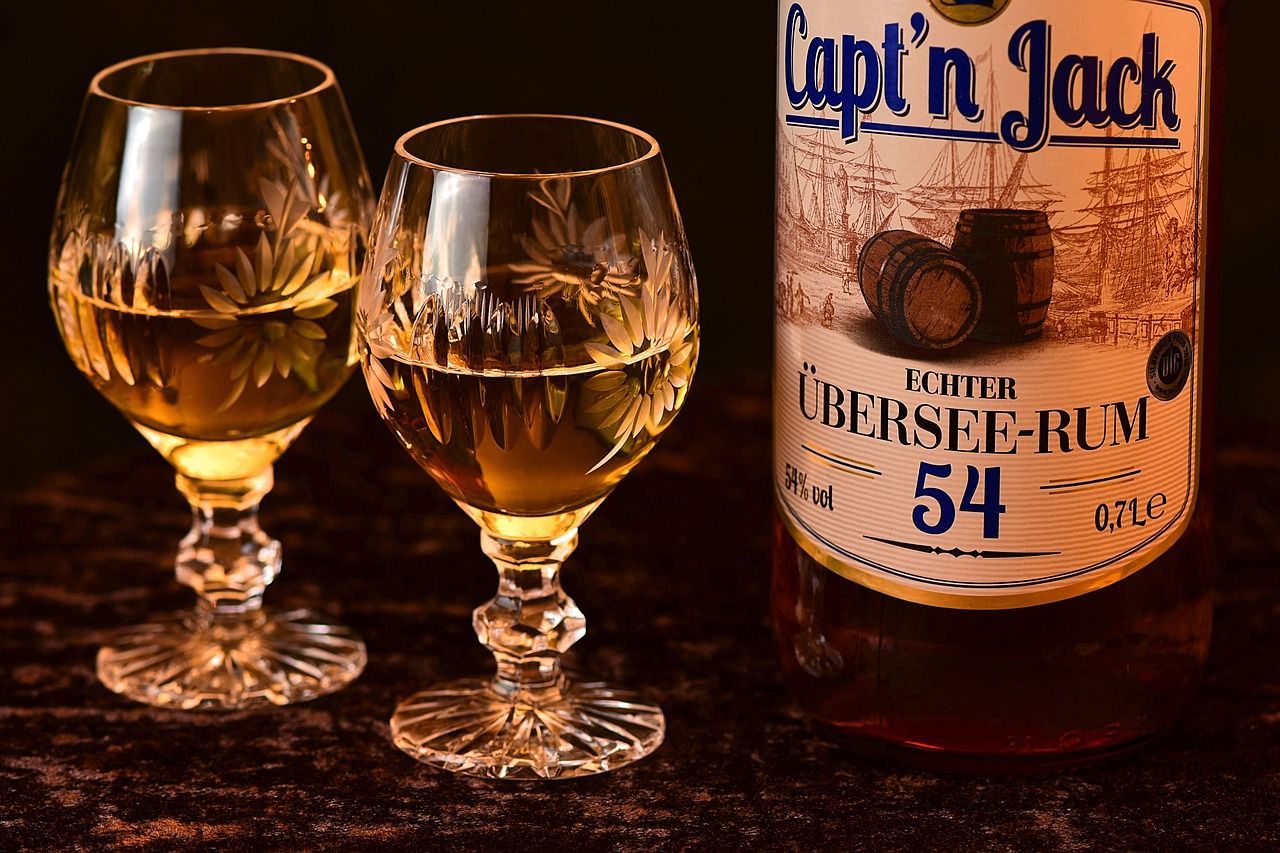The quality of grapes is greatly influenced by the soil in which they are cultivated. Grapevines demand nutrient-rich, well-draining soils. The pH of the soil is also crucial, with grapevines flourishing best in a pH range of 6-7. Remove any garbage, rocks, or other barriers from the soil before planting grapevines. To enhance its structure and fertility, the soil should then be tilled to a depth of 10 to 12 inches and supplemented with compost or other organic matter. To ensure the vines have the best possible growing circumstances, soil samples should be collected to measure the pH level and nutrient content.
The vines can be planted after the grape varietals have been chosen. Cuttings or rootstock can be used to plant grapevines. The root system of an established grapevine that is grafted onto the base of a young grapevine is referred to as rootstock. This method is frequently employed to protect young vines from insects and illnesses. Cuttings are merely tiny segments of vine that are buried in the ground.

